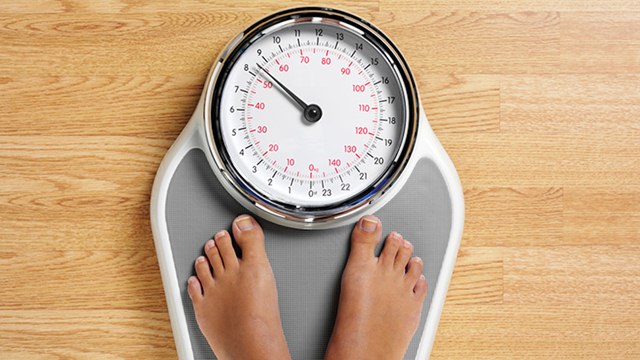Cutting Calories Is A Better Option For Losing Weight
Nikki Attkisson | Last Updated : June 18, 2021Intermittent fasting regimens are popular, but recent clinical study results show that they are no more effective than basic calorie restriction.
Cutting Calories Is A Better Option For Losing Weight
An international team of researchers revealed that those who merely decreased their daily calories by 25% lost the greatest weight and fat tissue after three weeks of dieting when compared to two groups that followed different intermittent fasting regimens.

Researchers discovered no differences between the groups in terms of heart health, metabolism, or gene expression associated with fat cells – in other words, no hidden benefits to fasting.
According to lead researcher James Betts, a professor of metabolic physiology at the University of Bath’s Center for Nutrition, Exercise, and Metabolism in England, standard dieting may be more efficient than intermittent fasting for decreasing body fat.
Fasting diets encourage people to refrain from eating on particular days of the week or at particular times of the day.
This research examined the benefits of an alternate-day intermittent fasting regimen, in which individuals fasted one day and then consumed up to twice their average daily calories the following.
The findings were published in the journal Science Translational Medicine on June 16th.
The researchers gathered 36 lean volunteers and divided them into three groups of twelve. One group just ate 25% fewer calories each day. The second group fasted one day and then ate 150 percent of their regular calories the following, while the third ate 200 percent of their regular energy intake every other day while fasting on alternate days.
The group that followed a basic diet dropped the most weight after three weeks, with an average fat reduction of around 3.5 pounds.
The group that followed an intermittent fast and ate 150 percent of their usual diet every other day lost weight, with an average fat loss of 1.5 pounds. The group that fasted and then ate twice as much as normal exhibited no significant weight loss.
Fasters also did not benefit from lower levels of cholesterol, blood sugar, or insulin, according to the findings.
Two nutrition experts in the United States who were not engaged in the study agreed with the findings.
When it comes to weight loss, a moderate reduction in calories is what matters, according to Lona Sandon, a clinical nutrition professor at the University of Texas Southwestern Medical Center in Dallas. In other words, it is to cut portion sizes by around 25% and avoid overeating. Getting wrapped up in complex dietary restrictions and routines may not be worth it.
Researchers discovered that participants on a fasting schedule were less active than before they started dieting, which might be one reason they didn’t lose weight.
According to Betts, people appeared to reduce their activity levels slightly, which is something to be mindful of when on a diet. If they utilize intermittent fasting, they should strive to incorporate chances for physical activity into their daily routine.
According to the study findings, part of the weight reduction in the fasting groups was caused by muscle loss rather than fat loss.
According to Connie Diekman, a registered dietitian in St. Louis and former president of the Academy of Nutrition and Dietetics, trying to keep up their physical activity and burning calories appears to be a crucial component of any weight control regimen based on these findings.
According to Diekman, physical exercise must remain a part of a daily routine, even while fasting, and this might be difficult for some people.
According to Diekman, people who are hypoglycemic (severely low blood sugar), pregnant, or have chronic medical issues should consult with their doctor and a nutritionist before beginning an intermittent fasting regimen.
She claims that intermittent fasting is not an easy habit to get into. People are accustomed to eating whenever they feel the urge. Sometimes the need is not for food, yet they still have the desire.
Diekman found that shifting to meal and snack spacing involves discipline, eating monitoring, adapting eating to family, work, social contexts, and an evaluation to ensure that nutrition needs are satisfied.
With over 15 years as a practicing journalist, Nikki Attkisson found herself at Powdersville Post now after working at several other publications. She is an award-winning journalist with an entrepreneurial spirit and worked as a journalist covering technology, innovation, environmental issues, politics, health etc. Nikki Attkisson has also worked on product development, content strategy, and editorial management for numerous media companies. She began her career at local news stations and worked as a reporter in national newspapers.
